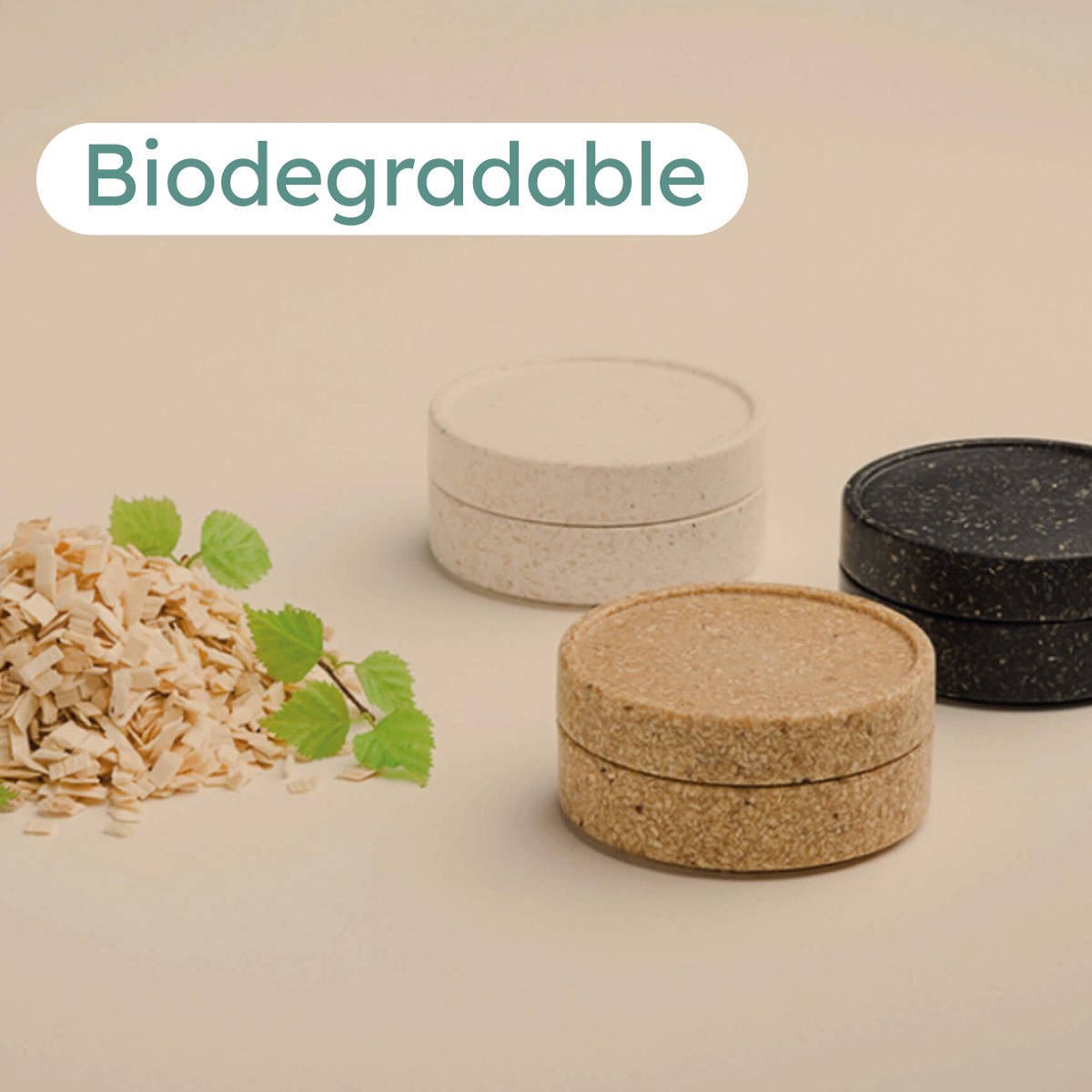13/07/2023
5 SUSTAINABLE BEAUTY TRENDS
Packaging plays a fundamental role in the distribution of cosmetic products. In fact, it is the task of the pack not only to contain and present the products but also to protect the formulations. On the other hand, the packaging of cosmetic products also represents a huge problem from an environmental point of view, due to the huge consumption of materials. So here are 5 trendy sustainable solutions
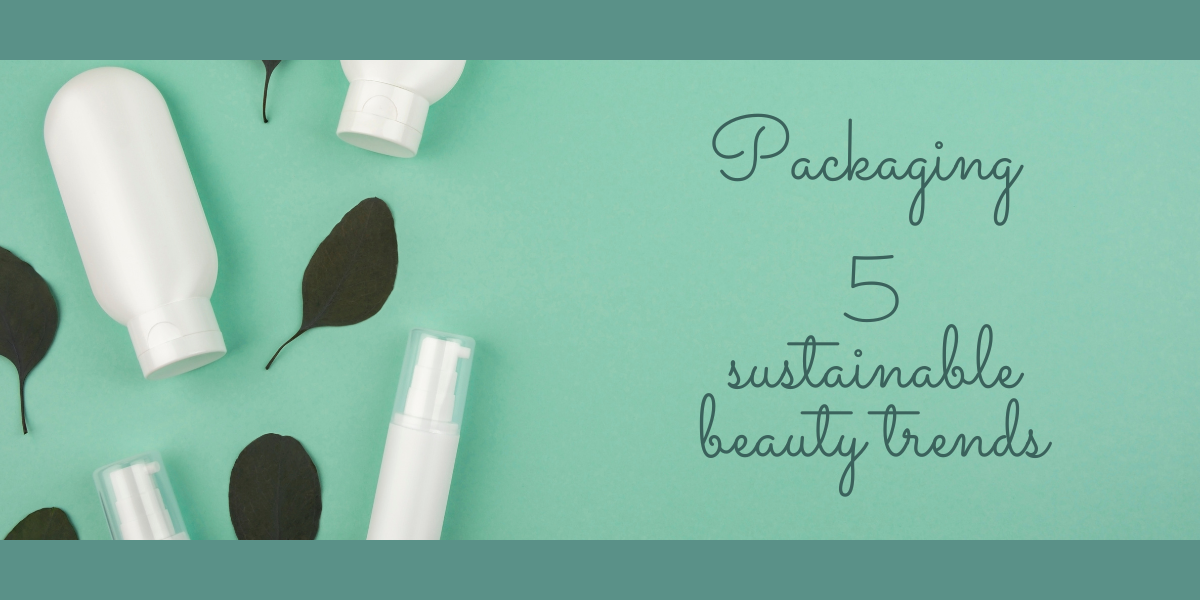
The consumption of raw raw material for packaging
According to the Sustainability of reusable packaging study. Current situation and trends published in Resources, Conservation & Recycling (X, Volume 6) of 2020, in fact, in Europe the consumption of raw materials for packaging - not just cosmetics - is around 40% for plastic and 50% for the card. The most used materials? Paper, metal, glass and, of course, plastic. Fortunately materials such as paper, metal and glass are recycled up to 80%, while % recycled plastic reaches just 14% (in Europe).
Innovation as an essential requirement
A problem that obviously also involves the world of cosmetics. Where research, innovation and recycling now represent essential requirements not only for brands entering the market, but also for the growth of historic beauty maisons. A request that comes from the consumers themselves, as confirmed by the sales of products with greater attention to the sustainability of the pack. Many brands have already reduced the use of secondary packaging (paper cases), or replaced the old plastic materials with greener alternatives.
Sustainable cosmetic packaging: basic requirements
According to the definition by the Sustainable Packaging Coalition, in order to be defined as sustainable, the cosmetic pack must meet some specific criteria. Safety for the environment during its entire life cycle. Use of recycled or recyclable materials. Production, distribution and recycling from renewable energy and with clean technologies. Design suited to the market, to economic conditions and, above all, to saving energy and raw materials. Below, 5 trends that go beyond the simple invitation to the consumer to properly recycle the pack, but which aim to reduce waste 1. Refillable cosmetics Reusing the bottle several times, extending its life cycle by purchasing refill packs or purchasing the semi-finished product (in some specialized shops): the "refill" system is certainly a more sustainable solution. With this system, the main packaging can be reused several times, while only consumables, such as shampoo or liquid soap, are replenished. There is no shortage of refillable make-up proposals (solid shapes such as eyeshadows, compact shapes, clearly stand out among all). Precisely on this type of product, i.e. refills, not only the brands of natural cosmetics are focusing, but also the big names in the mass market such as Nivea, Dove, Fa, Garnier, etc.
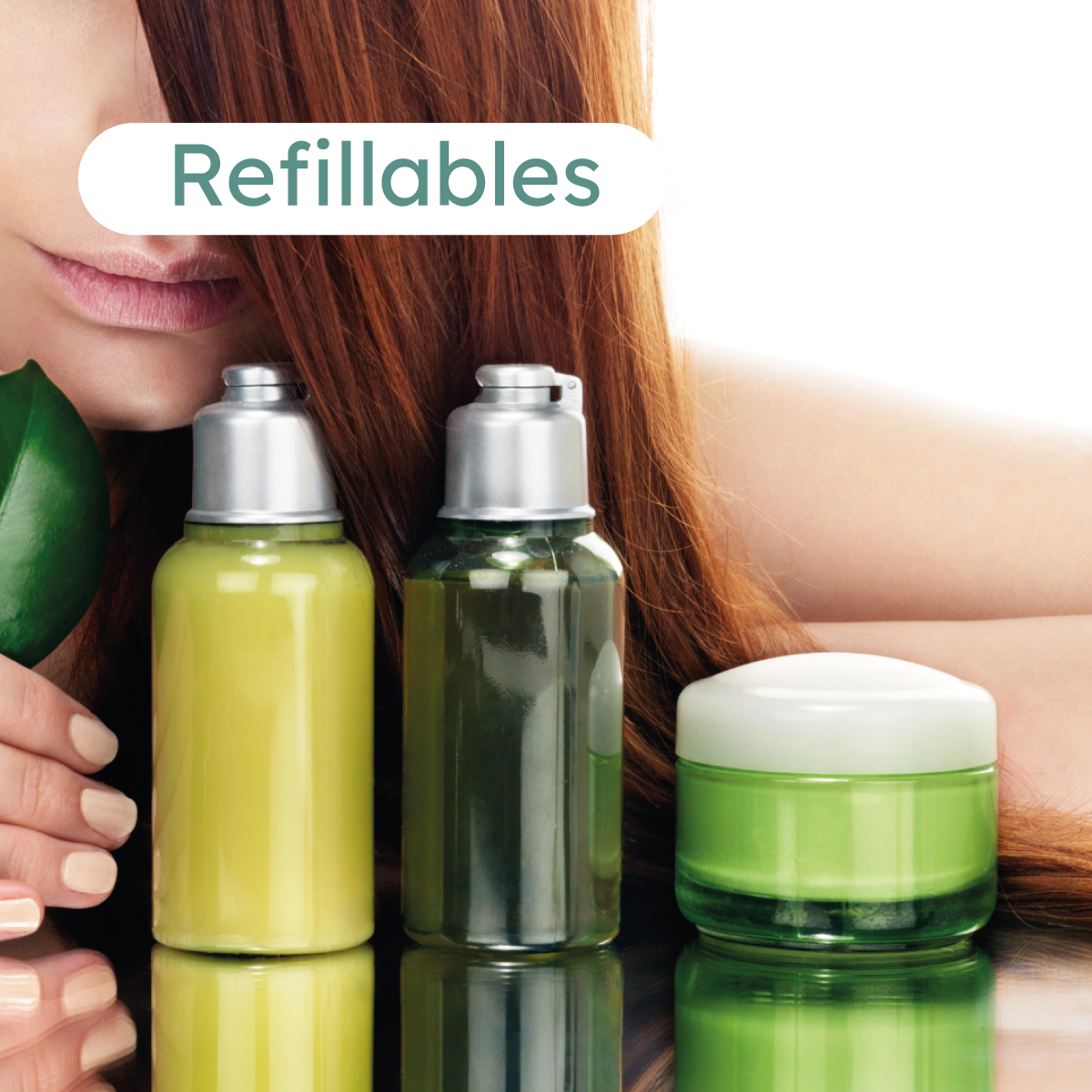
2. Luxury vessels
The cosmetic is contained within an object that passes on to a "new life": instead of turning into waste, once the contents are finished, the container becomes a candle, a storage container, or a piece of furniture. Mostly this is a path taken by niche brands, or in the luxury sector and the materials used are primarily glass or ceramic for example.

3. Plastic free
Fortunately, more and more brands are making the selection of raw materials for their packaging more sustainable and are trying to use as little plastic as possible. To date, the proposals in paper of products or accessories so far built and conceived only in plastic or metal are increasingly frequent, for example deodorant sticks in paper, eyeshadow palettes, lipstick sticks.
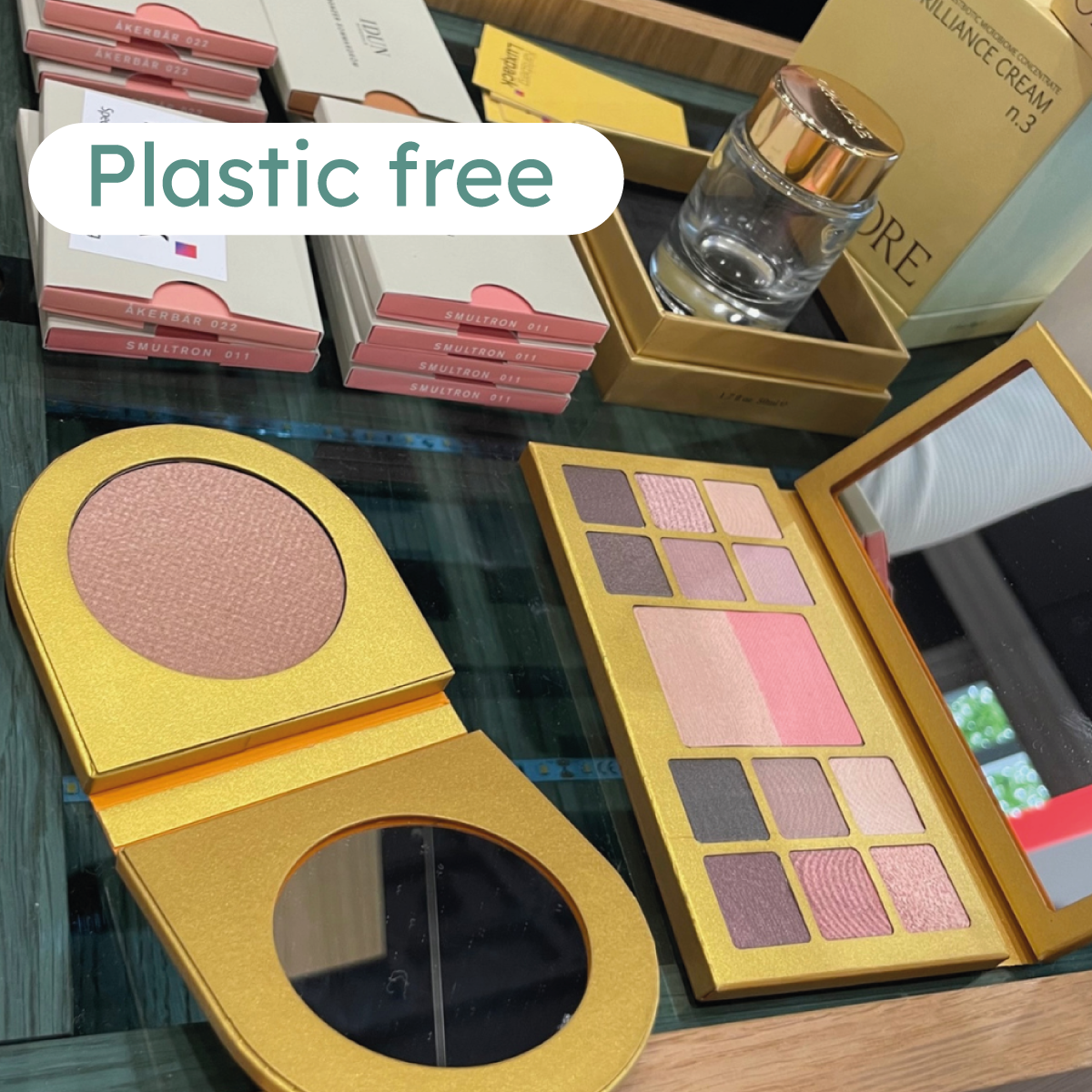
Even some toothpaste brands prefer alternatives in glass jars instead of the classic soft plastic tube.
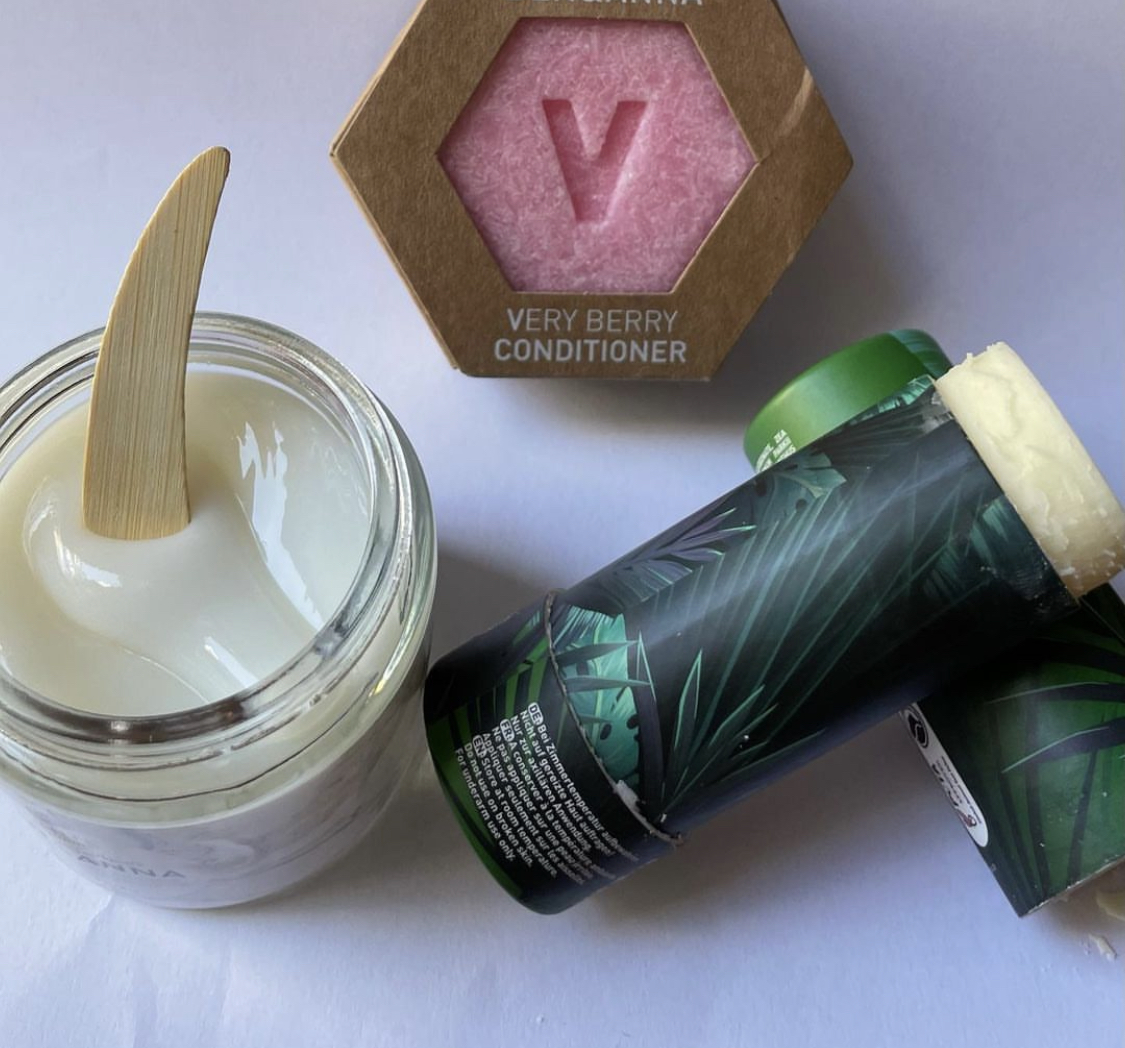
4. Easy to recycle
It is not an easy way to replace the dear old PET and the various plastic polymers on the market, which in any case represent the majority of packaging on the market today, due to their unbreakability, inertia, versatility and lightness. In this regard, also in this sense, brands can take into account a not insignificant aspect: the ease with which the consumer can recycle empty packaging: choose materials that can be transferred in the same container (for example bottle and cap), or choose packaging single material, or giving due prominence to the instructions on disposal certainly facilitates the task of the consumer (even the laziest!) and increases the percentage of probability that the pack will be recycled correctly
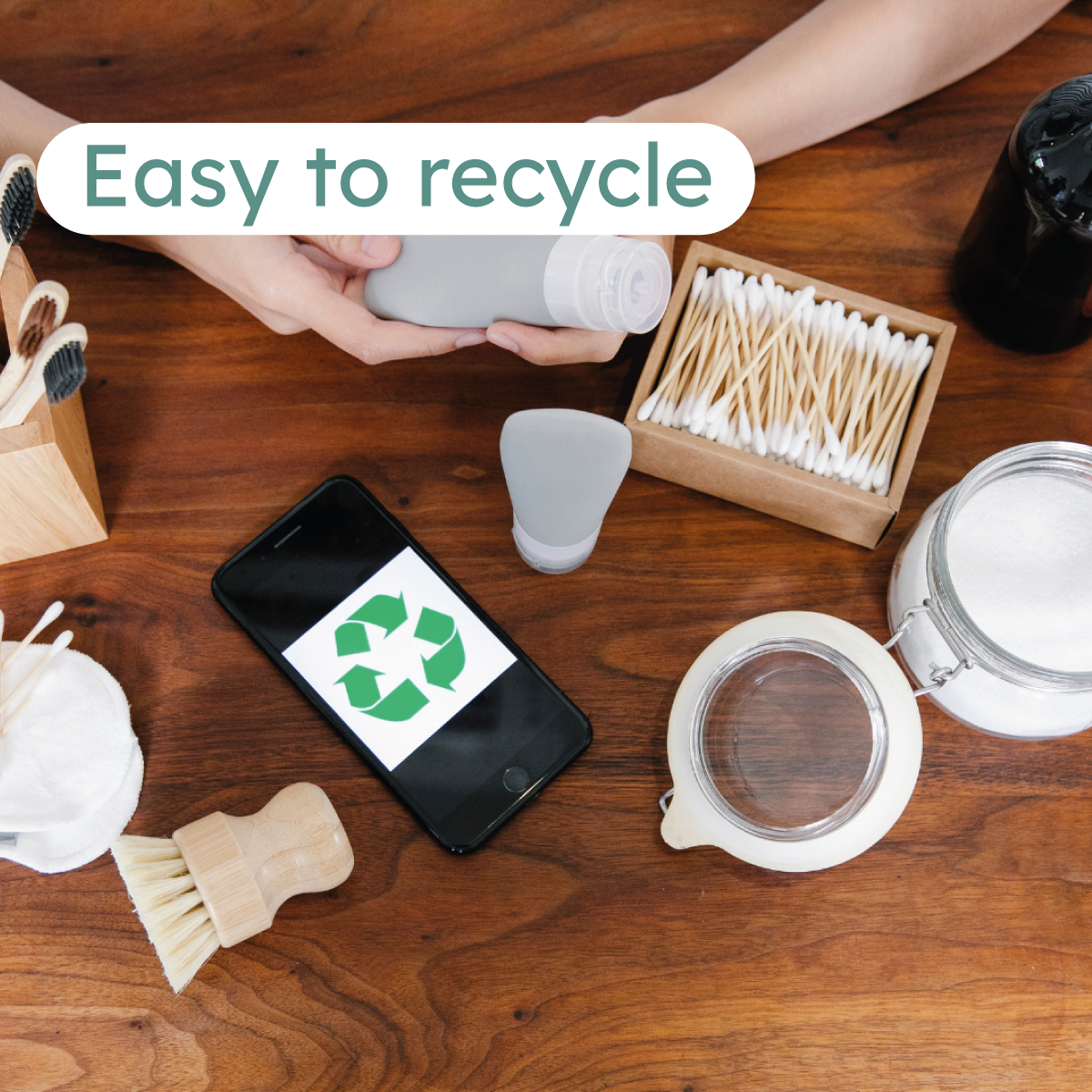
5. Biodegradable and compostable
In recent years we have witnessed the diffusion of vases and cases on which the words biodegradable or compostable appear (which must therefore be disposed of in organic waste). Not only do these materials return to the earth in a virtuous cycle, but in some cases they even come from processing waste from the food industry (seeds, fibres).
Difference between biodegradable and compostable
A recent article in the New York Times pointed the finger to the critical issues and misunderstandings that hide behind the disposal of so-called "biodegradable" and/or "compostable" packaging. Terms such as biodegradability and composting refer to chemical processes whose difference is rather subtle. The first describes the ability of some materials to degrade through enzymatic processes (action of bacteria, fungi or other microorganisms) which transform the material until it becomes something else (water or gas). Composting is instead an aerobic process controlled by man, through which the organic material humifies and produces natural fertilizer, such as mulch (or compost).
